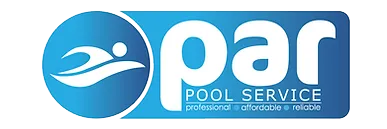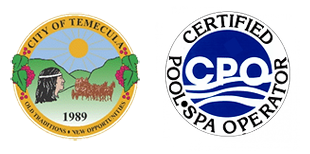Green To Clean
Green Pool Treatment Service Experts in Temecula, CA

Temecula's Premier Green To Clean Pool Service
Green Pool Treatment
A green pool is a common problem for pool owners, caused by the buildup of algae and other contaminants in the water. A green pool is not only unsightly, but it can also be a health hazard, as it can harbor harmful bacteria and other organisms. Green pool cleaning is an important process that involves removing the algae and other contaminants from the water, restoring the pool to a clean and healthy state. In this article, we will explore the importance of green pool cleaning and the best practices for restoring a green pool to a clean and healthy state.
Green To Clean Pool Treatment Temecula



A green pool is a common problem for pool owners, caused by the buildup of algae and other contaminants in the water. A green pool is not only unsightly, but it can also be a health hazard, as it can harbor harmful bacteria and other organisms. Green pool treatment is an important process that involves removing the algae and other contaminants from the water, restoring the pool to a clean and healthy state.
The first step in green pool treatment is to determine the cause of the problem. Algae growth can be caused by a variety of factors, including poor circulation, imbalanced water chemistry, and lack of proper maintenance. Once the cause has been identified, steps can be taken to correct the problem and restore the pool to a clean and healthy state.
The first step in treating a green pool is to balance the water chemistry. The pH level, alkalinity, and sanitizer levels must be maintained within a certain range to prevent the growth of algae and other harmful organisms. If these levels are too low or too high, it can cause algae growth and other issues.
To balance the water chemistry, the first step is to test the water using a testing kit. The results of the test will indicate the current levels of pH, alkalinity, and sanitizer in the water. Based on these results, chemicals can be added to the water to bring the levels back into the appropriate range.
Next, the pool should be shock treated to kill off any existing algae and other contaminants in the water. Shock treatment involves adding a large amount of chlorine to the pool to quickly kill off any bacteria or other organisms. This should be done according to the manufacturer’s instructions and should be based on the size of the pool.
Once the shock treatment is complete, the next step is to physically remove any debris and algae from the water. This can be done using a pool net or vacuum to remove any leaves, dirt, or other debris from the water. Algae can be brushed off the walls and floor of the pool using a pool brush.
After the debris and algae have been removed from the water, the pool filter should be cleaned to remove any remaining debris and contaminants from the water. The filter is responsible for removing debris and contaminants from the water, and over time it can become clogged with dirt and debris. A clogged filter can reduce the efficiency of the pool’s circulation system, leading to cloudy water and potential damage to the equipment.
To clean the filter, it should be removed from the pool and hosed down with a high-pressure hose to remove any dirt and debris. If the filter is very dirty, it may need to be soaked in a filter cleaner solution to help remove stubborn dirt and debris. Once the filter is clean, it should be rinsed thoroughly and allowed to dry before being reinstalled in the pool.
In addition to these regular cleaning and maintenance tasks, there are also some best practices that can help to prevent a green pool from occurring in the first place. For example, it is important to maintain proper water chemistry and regularly test the water to ensure that it remains within the appropriate range. Regular cleaning of the pool surfaces and filter can also help to prevent the buildup of algae and other contaminants in the water.
(951) 888-3998


